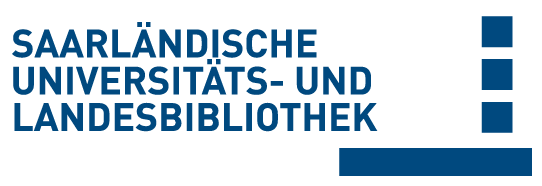Bitte benutzen Sie diese Referenz, um auf diese Ressource zu verweisen:
doi:10.22028/D291-35221 | Titel: | Bone Damage during Dental Implant Insertion: A Pilot Study Combining Strain Gauge and Histologic Analysis |
| VerfasserIn: | Klär, Virgilia Karl, Matthias Grobecker-Karl, Tanja |
| Sprache: | Englisch |
| Titel: | Applied Sciences |
| Bandnummer: | 12 |
| Heft: | 1 |
| Verlag/Plattform: | MDPI |
| Erscheinungsjahr: | 2021 |
| Freie Schlagwörter: | implant design primary implant stability mechanical trauma strain development crack formation |
| DDC-Sachgruppe: | 610 Medizin, Gesundheit |
| Dokumenttyp: | Journalartikel / Zeitschriftenartikel |
| Abstract: | Besides alveolar bone quality, the drilling protocol applied in conjunction with the design of an implant are the major determinants of primary implant stability. Surgical trauma and bone compression resulting from implant insertion may constitute one cause for marginal bone resorption. Inserting two current bone-level implant designs (Astra; Straumann; n = 5) in bovine ribs, primary stability, strain development on the buccal bone plate and histologic signs of bone damage were recorded. Besides comparing the implant designs (Welch t-tests), all measurement parameters were checked for potential correlations (Pearson product moment correlation coefficients) with the level of significance set at α = 0.05. Considerable numbers of crack formation and plastic deformation of bone were observed after implant insertion. Straumann implants showed slightly greater values for insertion torque (p = 0.772), strain development (p = 0.893) and implant stability (p = 0.642). Significantly greater bone to implant contact (cortical p = 0.014; trabecular p = 0.016) was observed in Straumann implants, while Astra implants caused a significantly greater number of microcracks in cortical bone (p = 0.020). In Straumann implants, insertion torque correlated with bone to implant contact in the cortical area (p = 0.029) and the number of macrocracks in trabecular bone correlated with bone to implant contact (p = 0.029). In Astra implants, insertion torque and bone to implant contact in the trabecular area correlated (p = 0.007) as well as the number of macrocracks in trabecular bone and implant stability (p = 0.016). Additionally, in the area of cortical bone, the number of macrocracks correlated with bone to implant contact (p = 0.019). Implant placement results in bone damage of varying magnitude, which is governed by the drill protocol, implant macrodesign and bone quality. |
| DOI der Erstveröffentlichung: | 10.3390/app12010291 |
| Link zu diesem Datensatz: | urn:nbn:de:bsz:291--ds-352212 hdl:20.500.11880/32200 http://dx.doi.org/10.22028/D291-35221 |
| ISSN: | 2076-3417 |
| Datum des Eintrags: | 18-Jan-2022 |
| Fakultät: | M - Medizinische Fakultät |
| Fachrichtung: | M - Zahn-, Mund- und Kieferheilkunde |
| Professur: | M - Prof. Dr. Matthias Karl |
| Sammlung: | SciDok - Der Wissenschaftsserver der Universität des Saarlandes |
Dateien zu diesem Datensatz:
| Datei | Beschreibung | Größe | Format | |
|---|---|---|---|---|
| applsci-12-00291-v2.pdf | 2,64 MB | Adobe PDF | Öffnen/Anzeigen |
Diese Ressource wurde unter folgender Copyright-Bestimmung veröffentlicht: Lizenz von Creative Commons


